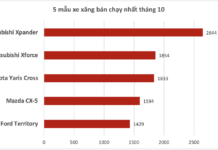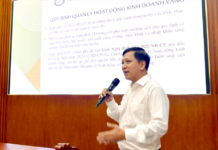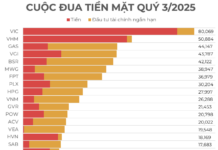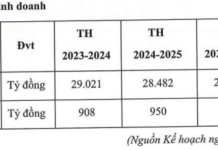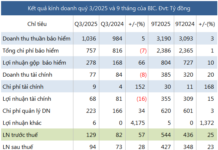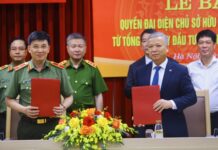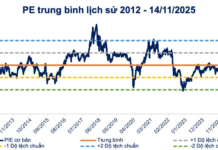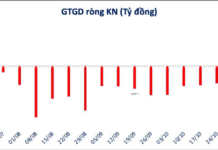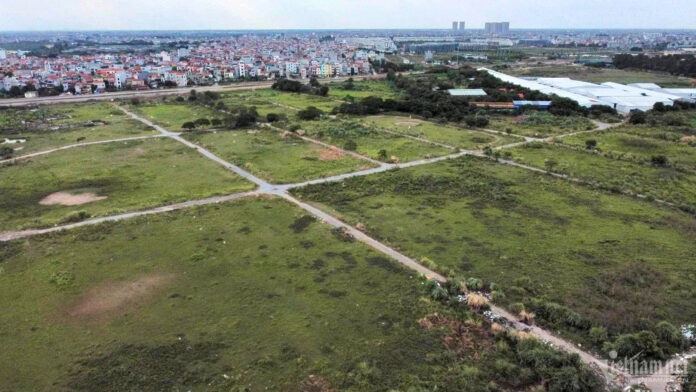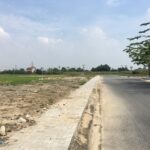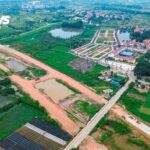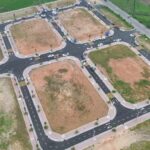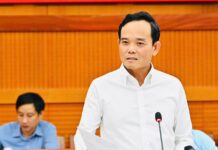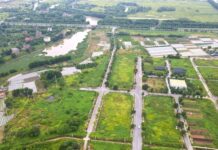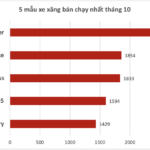Article 139 of the 2024 Land Law specifically states that in the first case, households and individuals who occupied land before July 1, 2014, by encroaching on safety corridors of public works after the State has announced and planted markers; encroaching on roads, sidewalks, and pavements after the construction boundaries have been announced; or encroaching on land designated for the construction of headquarters, public works, or other public utilities, the State shall reclaim the land to return it to the respective public works without granting a certificate of land-use rights for the encroached area.
However, for the aforementioned violations, if there have been adjustments to the land use planning or construction planning approved by the competent authority, and the encroached area no longer falls within the safety corridors of public works; is not within the construction boundaries of transportation infrastructure; and is not intended for the construction of headquarters, public works, or other public utilities, then the current land occupant may be considered for a certificate of land-use rights. The landowner must fulfill financial obligations when obtaining this certificate for the aforementioned land.
In the second case, for those occupying land that encroaches on the planned area for forestry, including special-use forests and protective forests, the provincial People’s Committee shall direct the reclamation of the encroached land to be handed over to the Forest Management Board for management and use. The current land occupants may be considered for forest protection and development contracts by the Forest Management Board in accordance with the law on forestry.
If there is no Forest Management Board in the locality, the current land occupant may be granted the land by the State for the purpose of protecting and developing protective forests and may be considered for a certificate of land-use rights.
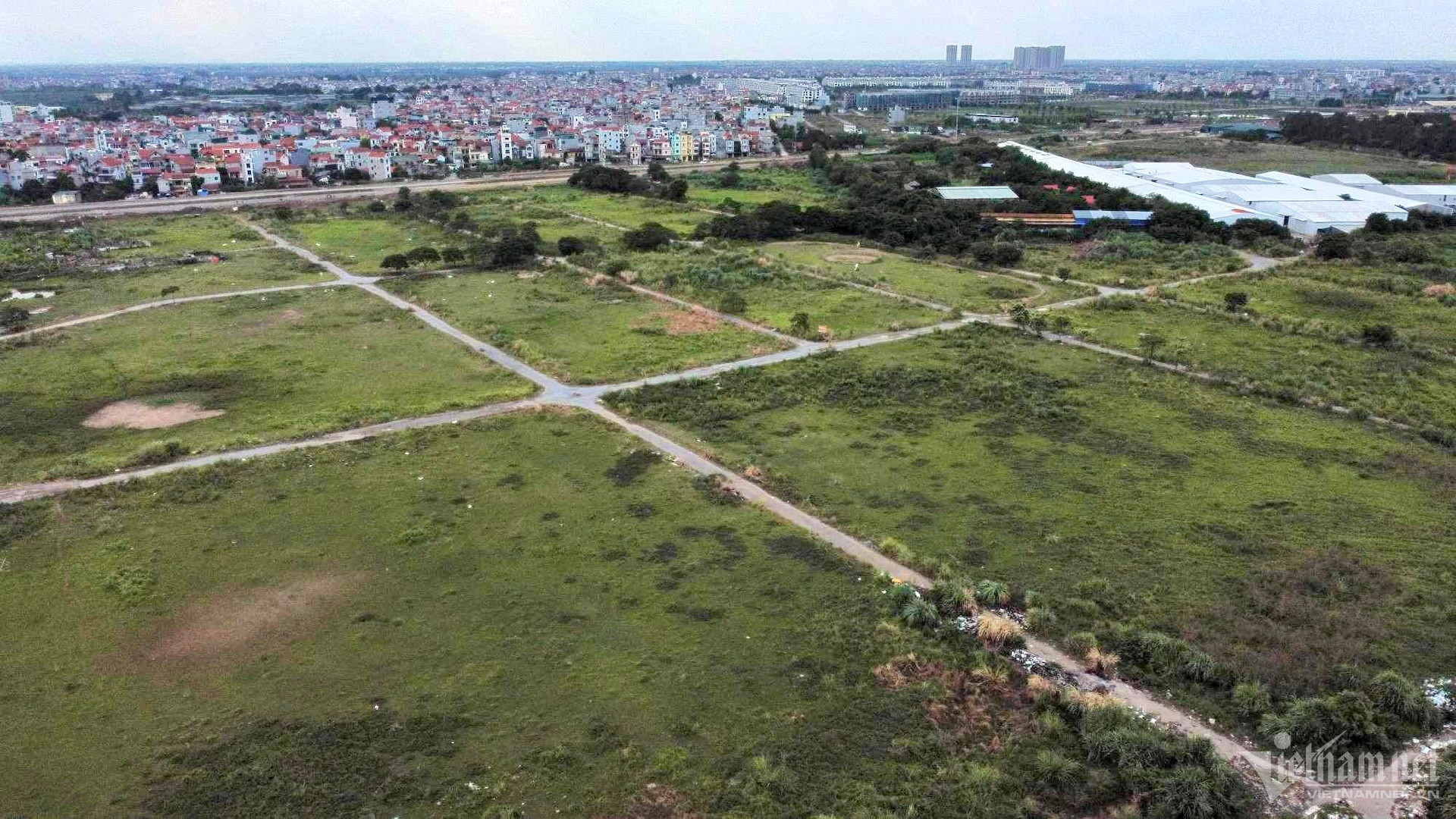
There are four cases of land use violations before July 1, 2014, that may be considered for a certificate of land-use rights. Photo: Hong Khanh |
If the encroached land has its origins in agricultural and forestry farms and is planned for public infrastructure, the provincial People’s Committee will reclaim and hand it over to the investor for construction. The current land occupant may temporarily use the land until the State reclaims it and must maintain the status quo, registering and declaring the land.
For encroached land with origins in agricultural and forestry farms that are currently being used for agricultural production or as residences before July 1, 2014, and are not included in the planning of special-use forests and protective forests or in the planning of land use for public infrastructure construction, the current land occupant may be considered for a certificate of land-use rights and must fulfill financial obligations in accordance with the law.
In the third case, households and individuals who are occupying land by encroachment, excluding the aforementioned cases, and are using the land for purposes other than what was granted, if they are currently using the land stably and in accordance with the district-level land use planning or the general planning or the sub-planning or the construction planning or the rural planning, they may be considered for a certificate of land-use rights and must fulfill financial obligations in accordance with the law.
If the violation has not yet been stabilized or does not conform to the planning, the occupant may only temporarily use the land until the State reclaims it.
Finally, households and individuals who are currently using agricultural land that they have reclaimed themselves, without any disputes, shall be granted a certificate of land-use rights by the State in accordance with the land allocation limit for agricultural land prescribed by the provincial People’s Committee. The area of land exceeding the limit shall be leased from the State.
In the case of households and individuals who use land in violation of the Land Law as mentioned above from July 1, 2014, onwards, the State shall not grant a certificate of land use rights and shall handle it in accordance with the law.
Hong Khanh
“Understanding the New Land Use Charges When Converting Agricultural Land to Residential: A Guide for the Community”
Under Clause 5, Article 116 of the 2013 Land Law, households and individuals who wish to convert agricultural land within residential areas, within the same land lot, or to convert non-agricultural land that is not for residential purposes into residential land, must ensure that it complies with the approved district-level land use planning.
The City of Ho Chi Minh will Adjust the Collection Rates in the New Land Price Table
The newly proposed land price schedule has increased prices by as much as 5 to 51 times compared to the previous schedule. However, the authorities will collaborate and report to the People’s Committee of Ho Chi Minh City, proposing that the government review and adjust the tax rates and collection amounts as necessary to ensure equitable financial obligations regarding land matters.
Should You Invest in the Now ‘Unlocked’ Agricultural Land?
“In anticipation of the 2024 Land Law coming into force, a wave of savvy individual and group investors have been proactively acquiring agricultural land in Hanoi. With a keen eye for opportunity, these investors are poised to capitalize on the impending changes, making strategic moves ahead of the curve.”
The Suburban Hanoi District Offers 50 Residential Plots in an Upcoming Auction
The successful auction of 39 residential land plots has prompted the Land Development Center of Phuc Tho District to offer another 50 plots across three local communes. With a starting bid of VND 19.8 million per square meter, these new plots range from 85 square meters upwards, presenting an exciting opportunity for prospective buyers.

